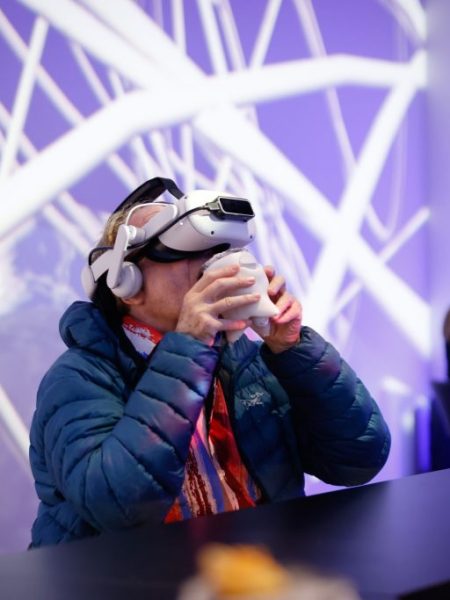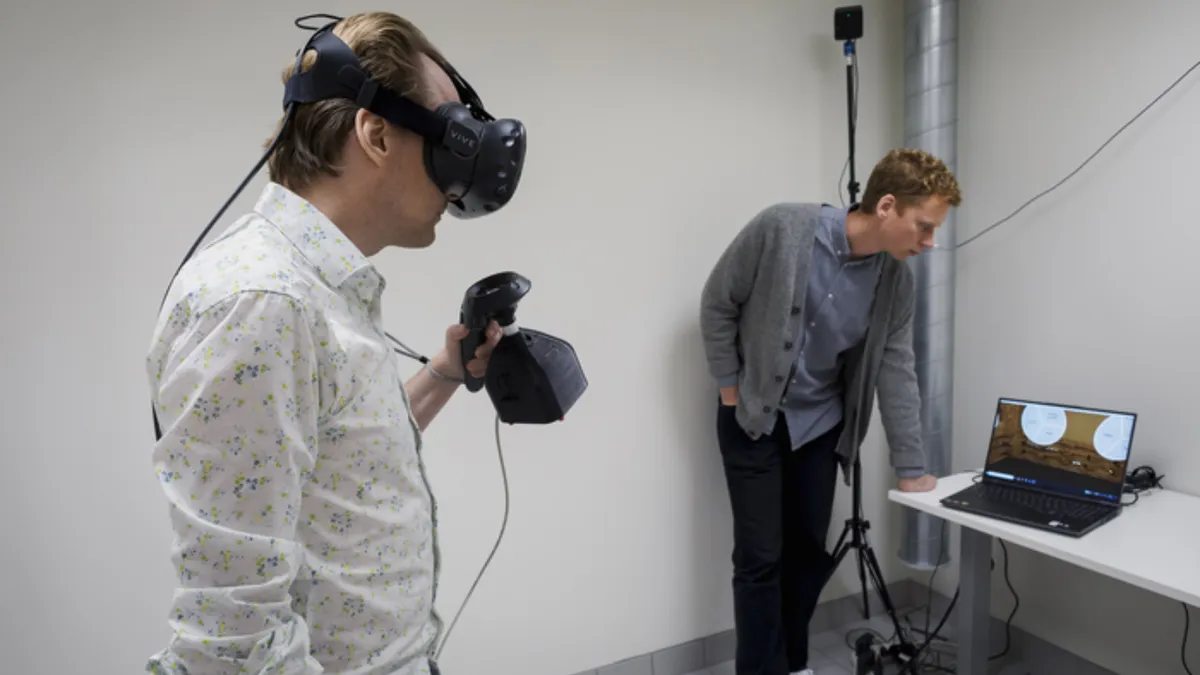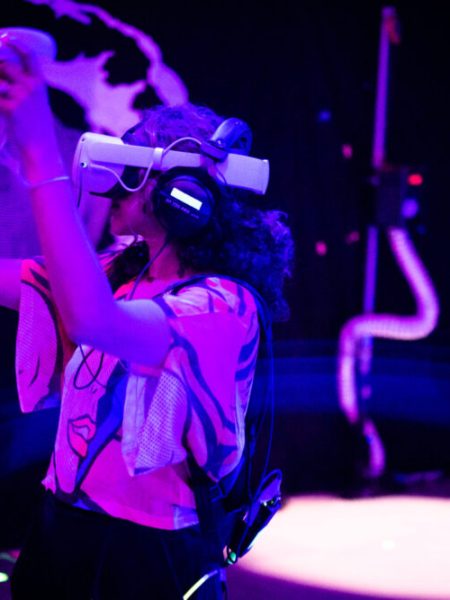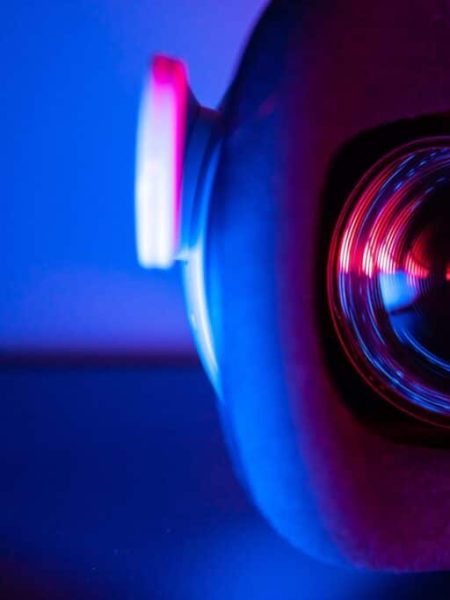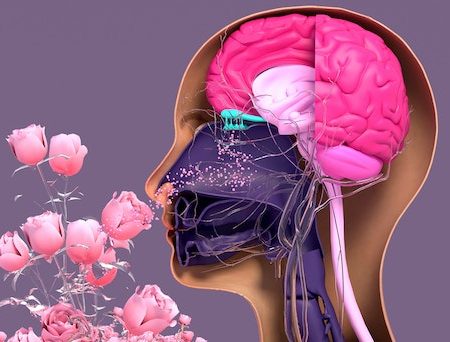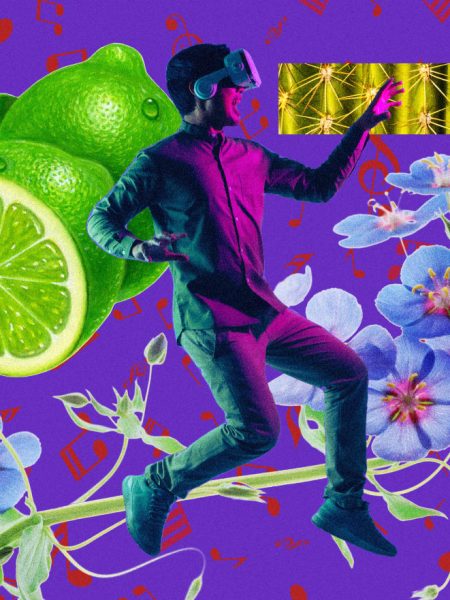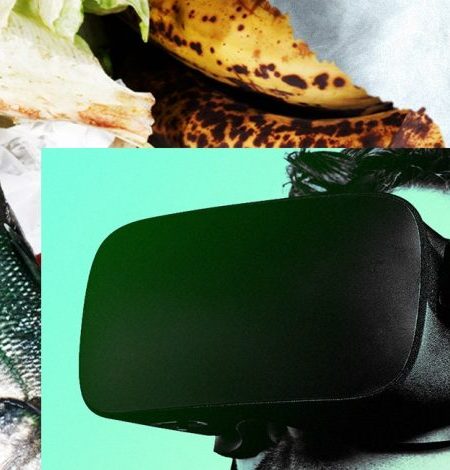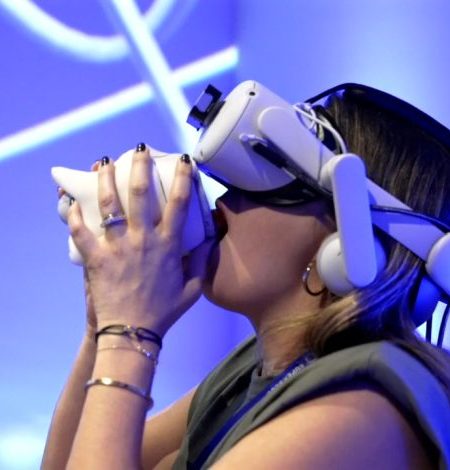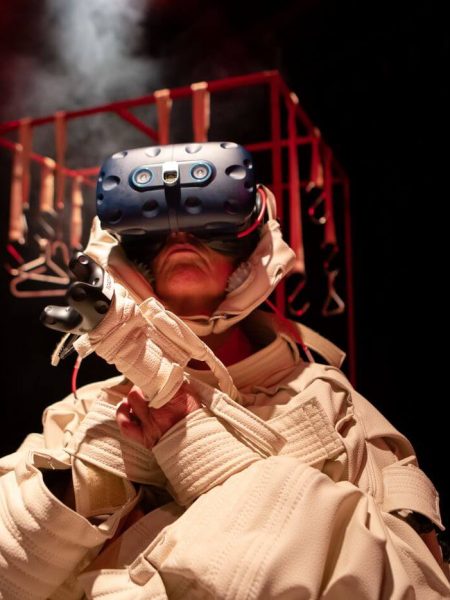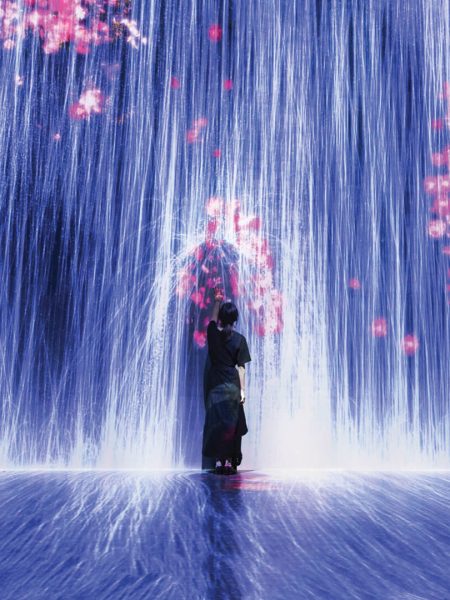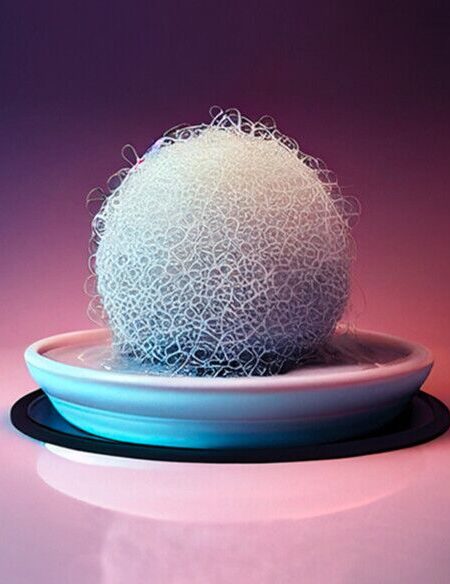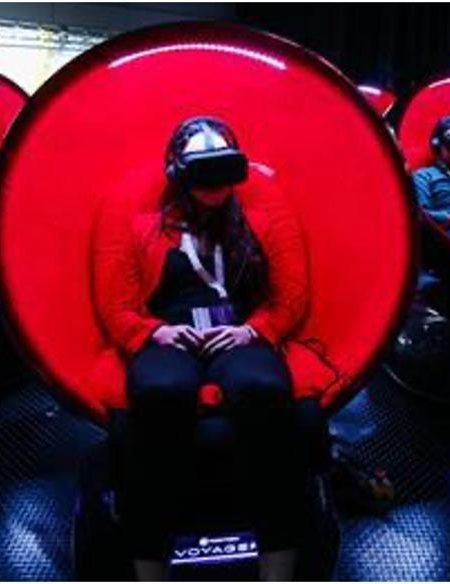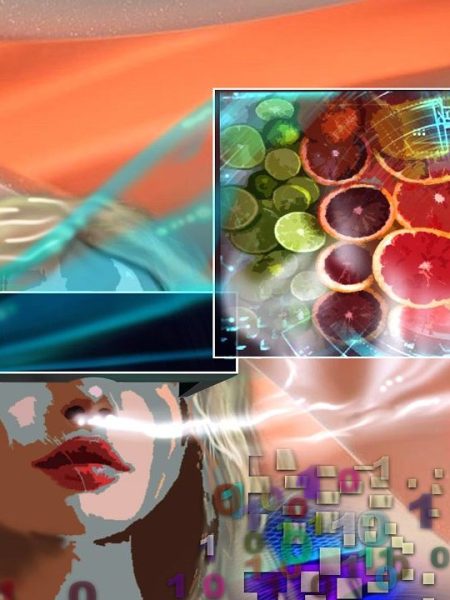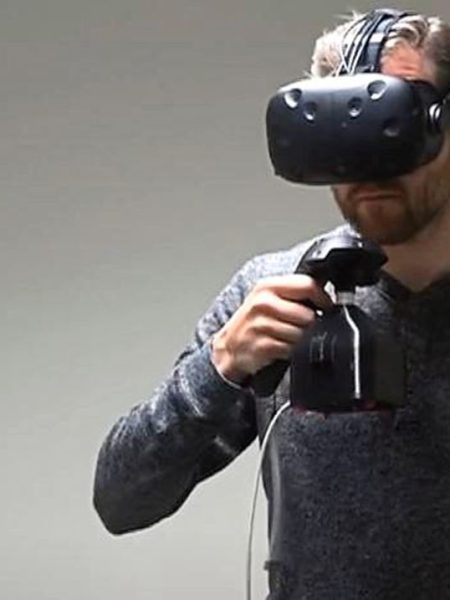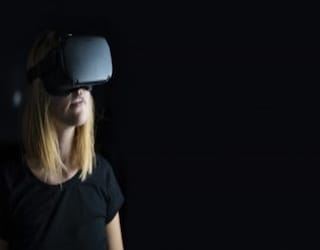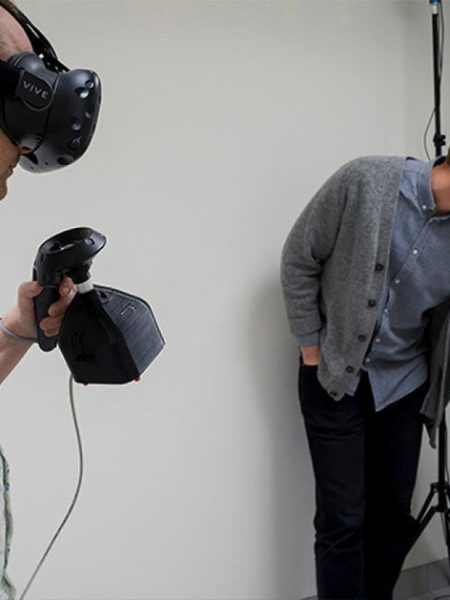Researchers at Stockholm University and Malmo University in Sweden have collaborated to develop technology that adds the ability to smell in virtual reality (VR) environments, a press release said. To demonstrate their technology, the researchers created a wine-tasting game where players get points for guessing the right aromas of the beverage.
Computer games have always been about moving images on the screen. From the days of Doom, or even Pac-man before it, we have only relied on the sense of sight to get involved in the game. Over the years, sounds became an integral part of the gaming experience, but now the research team led by Jonas Olofsson, a professor of psychology at Stockholm University, wants the sense of smell also to be engaged.
How does the technology work?
To engage the nose, the researchers built an odor machine consisting of four valves, each connected to a channel. Right in the center of the device is a fan that sucks air into a tube. The entire setup can be controlled using a computer, where each channel can be opened to different degrees to create a blend of scents.

The researchers tested the device in a game where the players had to smell the wine in a VR wine cellar. The scent blends could mimic the aromas of a real wine glass, and with the increasing level of difficulty of the game, the complexity of scents also increased.
“In the same way that a normal computer game becomes more difficult the better the player becomes; the scent game can also challenge players who already have a sensitive nose,” said Olofsson in the press release. “The scent machine can even be used to train wine tasters or perfumers.”
3D printing compatible, Open-sourced
Like most new developments, the odor machine can be built using a 3D printer. In a commendable move, the researchers have put all the necessary blueprints, instructions, and code in the public domain. This also includes the code for the wine-tasting game.
According to Simon Niedenthal, an interaction and game researcher at Malmo University, placing the information in the public domain leads to it being more accessible and reproducible, and allows for comparison of research results. Additionally, it also reduces the cost of equipment, thereby making it available to more people, the press release said.
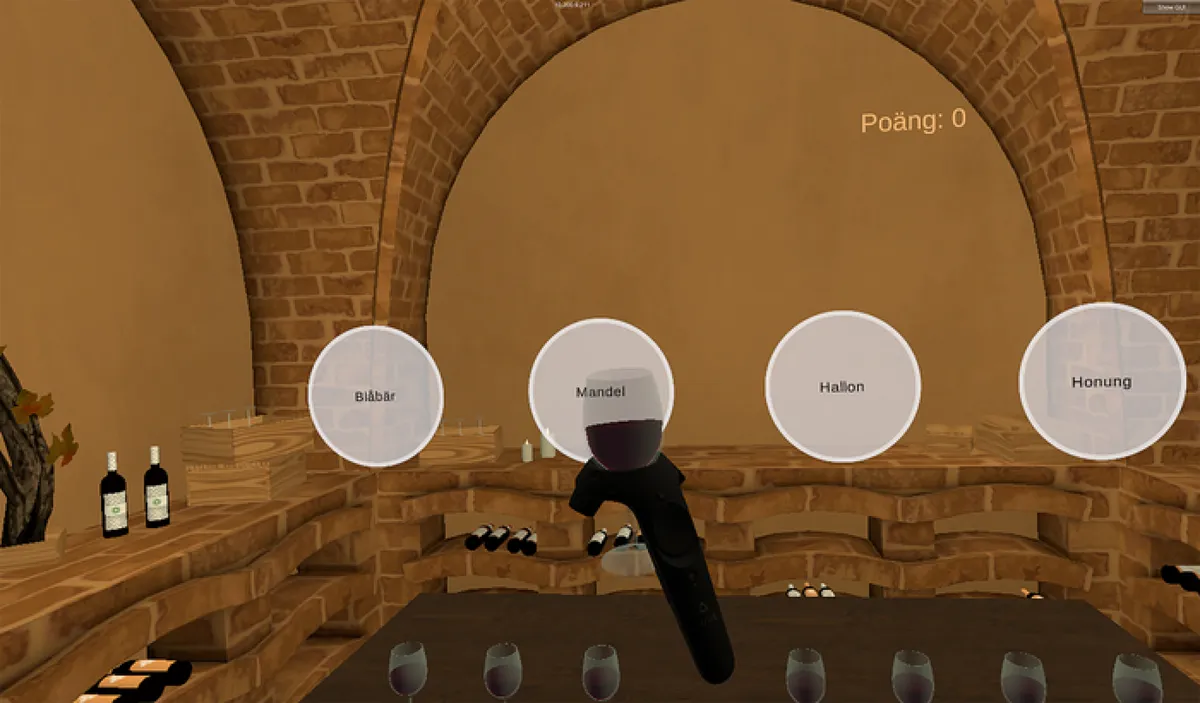
As an immediate application of the technology, the researchers recommend using it to train people who have lost their sense of smell following a coronavirus infection. Smell training is a medically recommended method for those who experience loss of smell; however, people stop training as it becomes boring.
“I hope that the fact that drawings and code are openly available as “open source” will lead to an opportunity for game companies to start creating new, commercial products for scent training using the new technology,” Olofsson added.
The research findings were published in the journal, International Journal of Human – Computer Studies
Abstract
The sense of smell, olfaction, is seldom engaged in digital interactive systems, but, supported by the proper technology, olfaction might open up new interaction domains. Human olfactory experience involves active exploration, directed sniffing and nuanced judgements about odour identity, concentrations, and blends, yet to date most compact olfactory displays do not directly support these experiences. We describe the development and validation of a compact, low-cost olfactory display fitted to the hand controller of the HTC Vive Virtual Reality (VR) system that employs stepless valves to enable control of scent magnitude and blending (Fig. 1). Our olfactory display allows for concealed (i.e., unknown to the user) combinations of odours with virtual objects and contexts, making it well suited to applications involving interactions with odorous objects in virtual space for recreational, educational, scientific, or therapeutic functions. Through a user study and gas sensor analysis, we have been able to demonstrate that our device presents clear and consistent scent output, is intuitive from a user perspective, and supports gameplay interactions. We present results from a smell training game in a virtual wine tasting cellar in which the initial task of identifying wine aroma components is followed by evaluating more complex blends, allowing the player to “level up” as they proceed to higher degrees of connoisseurship. Novice users were able to quickly adapt to the display, and we found that the device affords sniffing and other gestures that add verisimilitude to olfactory experience in virtual environments. Test-retest reliability was high when participants performed the task two times with the same odours. In sum, the results suggest our olfactory display may facilitate use in game settings and other olfactory interactions.
Source: VR games could soon tap into your sense of smell too

Could the metaverse help predict and produce movie blockbusters? | World Economic Forum

Why Clinique’s Next Move In The Metaverse Is A Winning Formula For Web3 Retail | Forbes
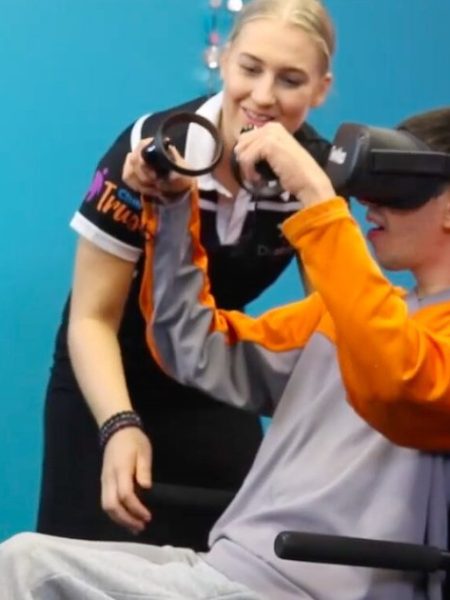
Study: New VR sensory room reduces anxiety in people with intellectual disability | MobiHealthNews

‘Thinking about beauty in a new way’: How brands are pursuing multi-sensory strategies in the digital world | Cosmetic Design
